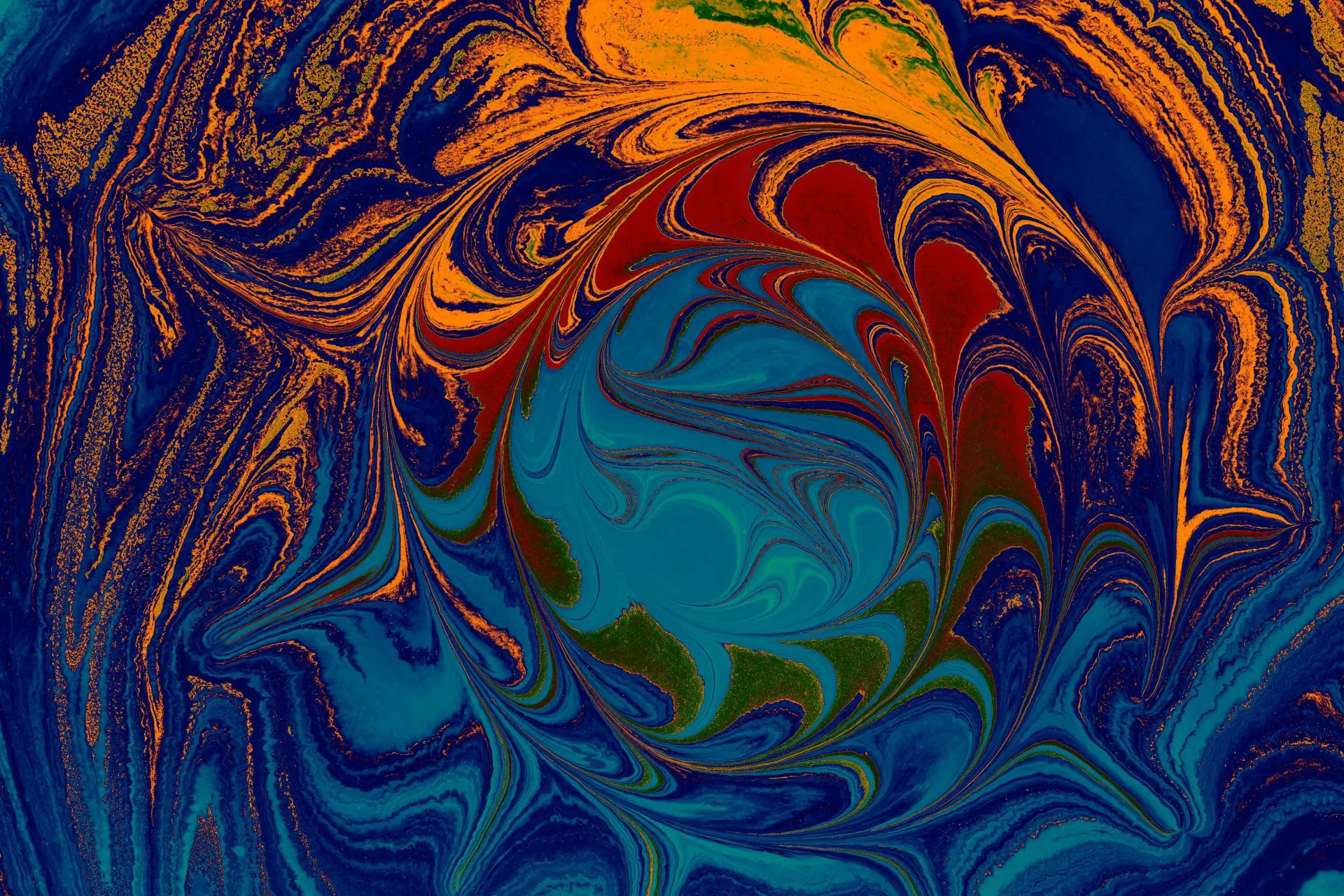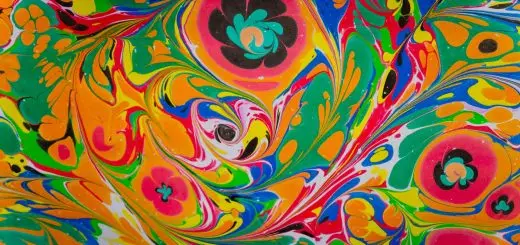The Greek Myth of the Minotaur and the Labyrinth

Looking for more amazing products? Check out our online store and explore our collection here! Happy shopping!
Before diving in, please note: This post is for informational purposes only. If you’d like to know more about how we approach topics, feel free to check out our friendly Disclaimer Page.
Hey there, amazing readers! 
We’re committed to delivering quality posts, and your support (even just sticking around despite the ads) means everything to us. So, bear with us, and thanks for helping us keep the good vibes rolling. Now, on to the fun stuff!
TRANSLATE BUTTON AT THE END OF THE ARTICLE
A Quick Overview
The myth of the Minotaur and the Labyrinth is a riveting tale that has captured the imaginations of countless generations.
This Greek myth blends themes of courage, ingenuity, and tragedy, all wrapped up in a maze filled with danger.
It tells the story of a monstrous creature, a brave hero, and the intricate web of events that connects them.
Let’s take a deep dive into this fascinating narrative and unravel its layers.
Introduction to the Fascinating Tale of the Minotaur
The story of the Minotaur begins on the picturesque island of Crete, home to a realm rich in culture and history.
But this is not just another fairy tale.
It’s a narrative steeped in ancient beliefs, symbolizing humanity’s struggles with fear, power, and fate.
The Minotaur, half-man and half-bull, embodies chaos and disorder, while the Labyrinth serves as a symbol of the trials we often face in life.
If you think about it, the Minotaur’s tale resonates with many aspects of the human experience.
We all have our own “labyrinths” to navigate—whether they be personal challenges, societal pressures, or moral dilemmas.
Just as Theseus ventured into the Labyrinth to confront the Minotaur, we often must muster courage to face our own fears.
The story begins with a series of events that seem almost magical in their unfolding.
It’s a tale of divine intervention, human folly, and the consequences of hubris.
As we delve deeper, we will see how these themes play out in the lives of the characters involved.
The Origins of the Minotaur: A Mythical Creature’s Birth
How did the Minotaur come into existence?
The tale starts with Queen Pasiphaë, the wife of King Minos.
After Minos angered the sea god Poseidon, a unique punishment was devised.
Poseidon sent a magnificent bull from the sea, and instead of sacrificing it, Minos kept it.
This decision didn’t sit well with the god, who decided to take his revenge.
In a bizarre twist, Poseidon caused Pasiphaë to fall madly in love with the bull.
Yes, you read that right!
She sought the help of a craftsman named Daedalus, who devised a cunning plan.
Daedalus crafted a life-like wooden cow, allowing Pasiphaë to fulfill her peculiar desire without the bull knowing.
The outcome of this union was nothing short of tragic.
Pasiphaë gave birth to the Minotaur, a creature born from love twisted by divine wrath.
The beast was fierce and powerful, yet it was also a product of human folly and divine intervention.
This sets the stage for the conflicts that would follow—a creature trapped in a world it never chose.
Meet King Minos: The Ruler of Crete and His Labyrinth
King Minos was not just any ruler; he was a figure of authority and complexity.
He was a king who sought to maintain order in his kingdom, but his decisions led to chaos.
When he realized the monster his wife had birthed, he couldn’t let it roam free.
Hence, the Labyrinth was born.
Minos commissioned Daedalus to construct the Labyrinth—a convoluted maze designed to house the Minotaur.
The Labyrinth was not only a prison for the beast but a reflection of Minos’s troubled reign.
The king’s actions were often driven by a desire to exert control, but they ultimately led to his own downfall.
What’s fascinating about Minos is that, while he is portrayed as a tyrant, he’s also a tragic figure.
He was caught in the web of fate, grappling with the repercussions of his choices.
His kingdom’s peace came at a heavy price, leading to a cycle of sacrifice that would plague his subjects.
The Legend of the Labyrinth: A Maze of Intrigue and Danger
The Labyrinth itself is a character in this tale.
A marvel of engineering, it was so intricate that anyone who entered it would find it nearly impossible to escape.
Daedalus poured his heart and soul into its construction, creating a maze that was both a wonder and a trap.
Imagine standing in front of a colossal structure, its walls twisting and turning in every direction.
The Labyrinth represented not just physical danger, but also psychological torment.
Those who entered faced the fear of the unknown, much like we do when confronting our own challenges.
Every turn in the maze mirrored life’s unpredictability.
Just as the Athenians sent as tributes to Crete faced their fate, we too often face uncertainty.
The Labyrinth is a powerful metaphor for the obstacles we must navigate to find our way, whether in our personal lives or in broader societal contexts.
Theseus: The Hero Who Dared to Face the Minotaur
Enter Theseus, the hero of our story.
Brave, clever, and full of ambition, Theseus was determined to end the reign of terror the Minotaur inflicted upon Athens.
With a heart full of courage and a sense of duty, he volunteered to be one of the tributes sent to Crete.
What made Theseus stand out was his resolve.
He wasn’t merely a warrior; he represented the idea of confronting one’s fears.
He understood that true bravery lies in facing the unknown head-on.
When he arrived in Crete, he caught the attention of Princess Ariadne, who would soon play a pivotal role in his quest.
Theseus became a symbol of hope for those who felt powerless.
His journey into the Labyrinth was not just about defeating the beast; it was about reclaiming agency in a world that often seems out of control.
It’s a reminder that even in the darkest of times, a hero can emerge.
Ariadne’s Thread: The Key to Navigating the Labyrinth
Ariadne, the daughter of King Minos, emerges as a beacon of light in this narrative.
She fell in love with Theseus and wished to help him in his quest.
Armed with a ball of thread, she offered him a solution to the daunting challenge that lay ahead.
The thread served as a lifeline, allowing Theseus to find his way through the maze.
He would tie one end to the entrance and unravel it as he ventured deeper into the Labyrinth.
This clever tactic is what transformed the daunting maze into a navigable path.
Ariadne’s act of kindness is often overlooked, but it showcases the importance of support from others in our struggles.
Sometimes, all we need is a little guidance or encouragement to find our way.
Ariadne symbolizes the unbreakable bond that can form when one person believes in another’s potential.
The Epic Battle: Theseus vs. the Fearsome Minotaur
As Theseus ventured deeper into the Labyrinth, the moment of truth arrived.
He encountered the Minotaur, a creature that represented all his fears and doubts.
In an epic battle, Theseus utilized his cunning and strength to confront the beast.
The fight was intense, a clash of mythic proportions.
But it wasn’t just about brute force; Theseus relied on his wits.
He remembered Ariadne’s thread, allowing him to keep track of his location.
This blend of intelligence and bravery is often what leads to success.
Ultimately, Theseus triumphed, slaying the Minotaur and freeing Athens from its monstrous grip.
The victory wasn’t just physical; it was a psychological win over fear itself.
It teaches us that while monsters may exist in our lives, we have the power to confront and overcome them.
The Symbolism of the Minotaur: More Than Just a Monster
The Minotaur isn’t just a creature; it symbolizes the darker aspects of human nature.
It embodies the chaos that can arise when we let unchecked desires and emotions spiral out of control.
In many ways, the Minotaur represents the internal struggles we all face.
This duality reflects our own conflicts: the rational versus the irrational, the civilized versus the primal.
It raises questions about our innate tendencies and the lengths we go to repress them.
The Minotaur serves as a reminder that we must confront our demons rather than hide from them.
The myth also resonates with themes of isolation and alienation.
The Minotaur, trapped in the Labyrinth, is a figure of tragedy.
It evokes empathy, reminding us of the loneliness that can accompany our darker impulses.
Behind every monster lies a story that deserves understanding.
The Labyrinth: Architectural Marvel or Ingenious Trap?
The Labyrinth is both an architectural wonder and a cunning trap.
Constructed with such complexity, it showcases the brilliance of Daedalus.
Its design reflects the intricacies of life, filled with twists, turns, and unexpected challenges.
As an ingenious creation, it represents the human ability to solve problems and adapt.
Yet, it also serves to entrap.
This duality raises important questions: Are we masters of our environments, or do we create traps for ourselves?
In our lives, we often build our own labyrinths through choices, habits, and societal pressures.
The challenge lies in finding our way through these self-imposed mazes.
Just as Theseus used his knowledge and courage to escape, we too can find pathways through our complexities.
The Legacy of the Minotaur: Influence in Art and Culture
The legend of the Minotaur has had a profound influence on art, literature, and culture.
From ancient pottery to modern adaptations, this myth remains relevant.
Artists often explore themes of heroism, sacrifice, and the nature of evil through this narrative.
The Minotaur has appeared in countless tales, from classical works to contemporary novels and films.
Its story resonates across cultures and eras, evoking discussions about the human condition.
This myth serves as a rich source for exploration, providing lessons on bravery and the complexity of human emotions.
The concept of the Labyrinth has also been adopted in various contexts, symbolizing life’s challenges.
It invites us to reflect on our own paths, the choices we make, and the monsters we face along the way.
It’s a narrative that continues to inspire and provoke thought.
Modern Interpretations: The Minotaur in Today’s World
Today, the Minotaur can be seen in various forms, reflecting our contemporary struggles.
The creature can symbolize the fears and anxieties that haunt us in modern society.
Whether it’s personal challenges or societal issues, the Minotaur remains a relevant metaphor.
In literature and cinema, the Labyrinth has become a popular device, representing the journeys we undertake in search of meaning and clarity.
From psychological thrillers to fantasy epics, the themes of the Minotaur resonate with audiences.
Characters often face their own versions of the Labyrinth, echoing the struggles of Theseus.
Socially, the Minotaur is also relevant in discussions around mental health.
The creature represents the internal battles many face, and the Labyrinth signifies the complexities of navigating these issues.
By understanding these narratives, we can foster empathy and support for one another.
Conclusion: Lessons from the Minotaur Myth Revisited
The myth of the Minotaur and the Labyrinth teaches us valuable lessons about courage, support, and the complexity of human nature.
Just as Theseus fought to conquer the beast, we must confront our own fears to lead fulfilling lives.
Ariadne’s role highlights the importance of support from others during our journeys.
This tale encourages us to look deeper into our motivations and the challenges we face.
It’s a reminder that monsters exist not just in the physical world but also within us.
By acknowledging and confronting them, we can emerge stronger and more resilient.
So, what’s the takeaway?
Whether faced with real-life challenges or internal struggles, we all have the potential to be heroes in our own stories.
The Minotaur and the Labyrinth remind us that while the path may be complex, it’s our courage and ingenuity that light the way.

The Enlightenment Journey is a remarkable collection of writings authored by a distinguished group of experts in the fields of spirituality, new age, and esoteric knowledge.
This anthology features a diverse assembly of well-experienced authors who bring their profound insights and credible perspectives to the forefront.
Each contributor possesses a wealth of knowledge and wisdom, making them authorities in their respective domains.
Together, they offer readers a transformative journey into the realms of spiritual growth, self-discovery, and esoteric enlightenment.
The Enlightenment Journey is a testament to the collective expertise of these luminaries, providing readers with a rich tapestry of ideas and information to illuminate their spiritual path.
Our Diverse Expertise
While our primary focus is on spirituality and esotericism, we are equally passionate about exploring a wide range of other topics and niches 

To ensure we provide the most accurate and valuable insights, we collaborate with trusted experts in their respective domains 
Our blog originally focused on spirituality and metaphysics, but we’ve since expanded to cover a wide range of niches. Don’t worry—we continue to publish a lot of articles on spirituality! Frequently visit our blog to explore our diverse content and stay tuned for more insightful reads.
Hey there, amazing reader! 
Check out our store here and take a peek at some of our featured products below! Thanks for being awesome!












